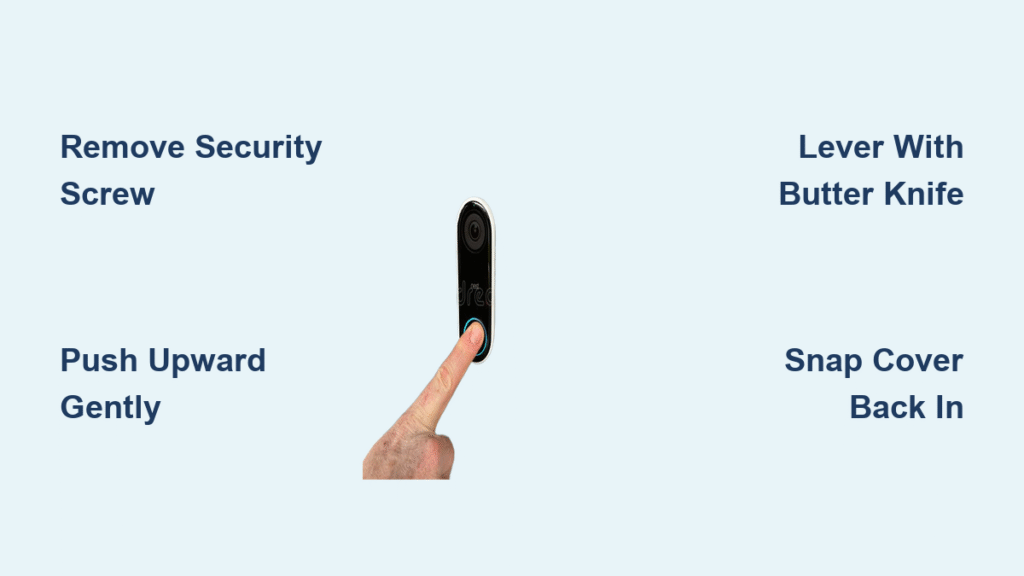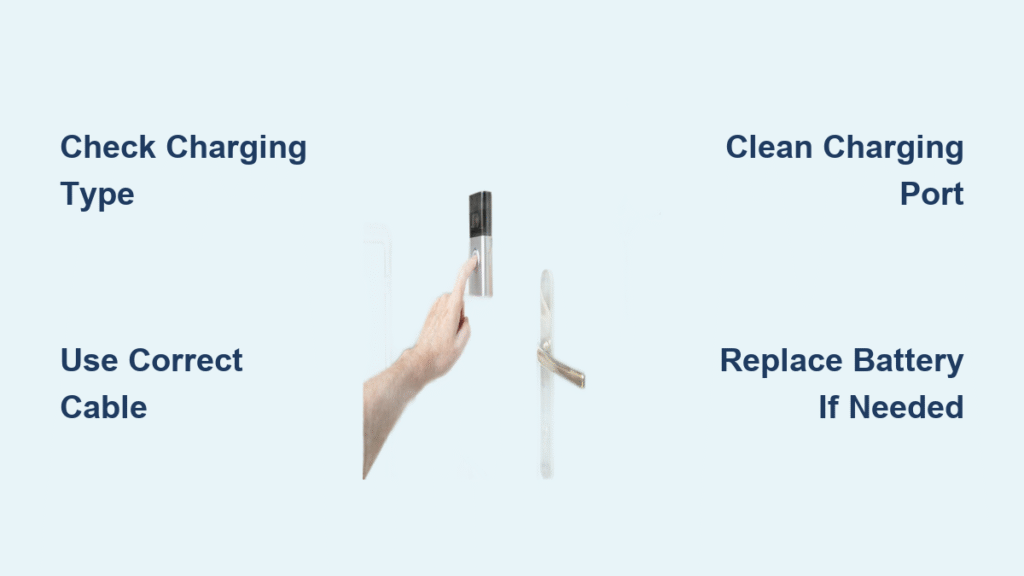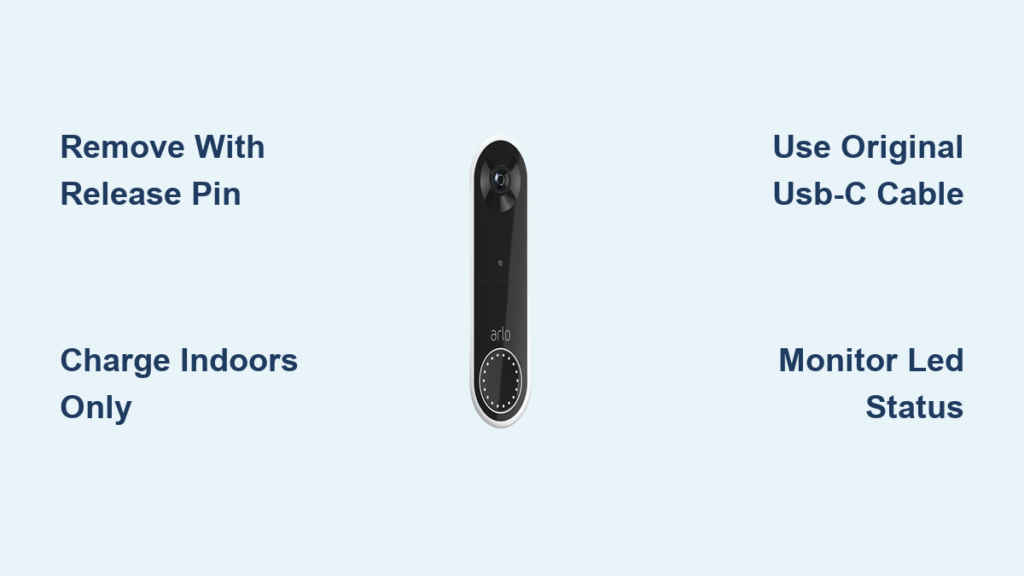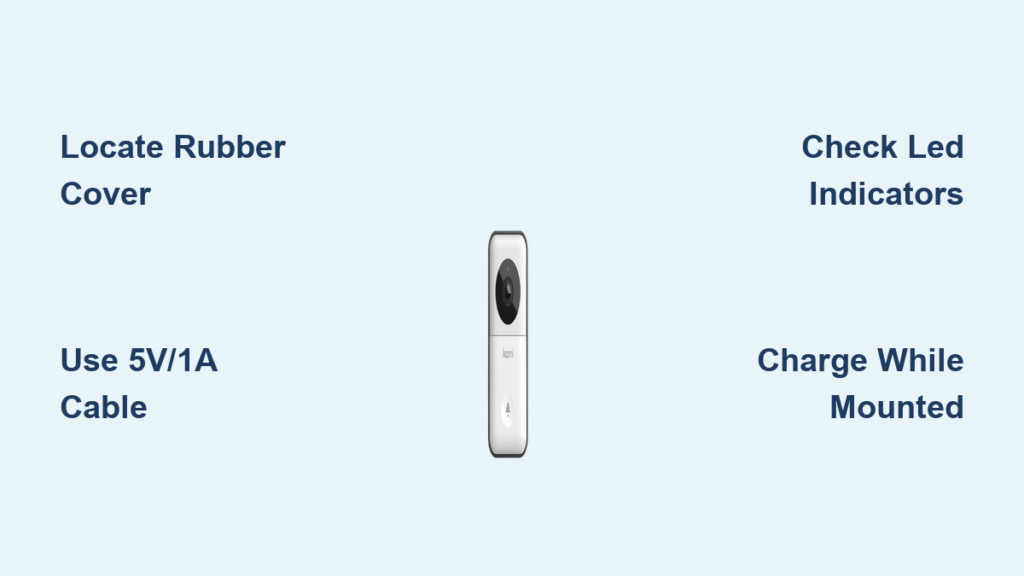Your Ring doorbell sits proudly at your front door, but what happens when the battery dies or you want to refresh your home’s look? That sleek cover suddenly becomes a frustrating barrier—especially when you spot the tiny security screw staring back at you. Many homeowners hesitate to attempt how to open doorbell cover procedures, fearing they’ll crack the plastic or strip the screw. The truth? With the right approach, removing your Ring cover takes under 90 seconds and requires zero technical skills.
Whether you’re charging a depleted battery, troubleshooting connectivity issues, or simply swapping to a new color scheme, this guide eliminates the guesswork. I’ve helped hundreds of homeowners through this exact process, and the most common mistake isn’t lack of tools—it’s applying force before fully releasing the internal clips. You’ll learn the precise sequence to open your Ring doorbell cover safely every time, along with critical warnings most tutorials omit.
Essential Tools for Ring Cover Removal

Never improvise with random screwdrivers—the security screw demands a specific T6 torx-head design. Your Ring box includes a custom star-shaped tool perfectly calibrated for this task. If yours is lost (a surprisingly common issue!), order replacements directly through Ring’s customer service portal or grab a $3.99 T6 torx set on Amazon that works identically.
Keep these three items ready before starting:
– The Ring-provided screwdriver (or T6 torx alternative)
– A small magnetic dish for the security screw (prevents rolling disasters)
– A butter knife with a blunt edge (for stubborn covers—never use sharp metal)
Pro tip: Work on a padded surface indoors. Many users attempt this outdoors, risking dropped screws in grass or concrete cracks. Bring the entire doorbell inside if possible—it’s faster than crawling through shrubs later.
Why Regular Screwdrivers Cause Permanent Damage
Forcing a flathead or Phillips screwdriver into the star-shaped security screw creates irreparable damage in seconds. The soft metal strips instantly, leaving you with a smooth hole and zero grip. One client spent $89 replacing their entire unit because they tried this “quick fix.” If your screw is already stripped, order a replacement screw before attempting removal—you’ll need it to secure the new cover.
Remove Security Screw First Without Stripping
Locate the single security screw centered at the bottom edge of your cover. It’s smaller than a pencil eraser and recessed slightly to deter thieves. Insert your T6 torx tool fully into the star pattern—partial insertion guarantees slipping.
Turn counterclockwise in smooth quarter-turn increments. You’ll feel resistance for 2-3 rotations before it suddenly loosens. Stop immediately when the screw head sits flush with the cover surface—this is the critical release point. Continuing to turn often ejects the screw forcefully toward your feet.
What If the Screw Won’t Budge?
If the screw resists after 5 full counterclockwise rotations:
1. Re-seat your tool—90% of “stuck” screws result from misaligned insertion
2. Apply downward pressure while turning (like opening a tight jar lid)
3. Never use pliers—you’ll crush the plastic housing around the screw
Warning: Forcing it past resistance creates micro-fractures in the plastic housing. These worsen with temperature changes, eventually causing cover misalignment. If truly stuck, apply a single drop of penetrating oil and wait 10 minutes before retrying.
Leverage Faceplate Upward Without Cracking

Position thumbs correctly—place both thumbs side-by-side on the very bottom edge of the cover, just above the screw hole. Your index fingers should cradle the front face while middle fingers support the top. This distributes pressure evenly across the cover’s weakest points.
Push upward in a single fluid motion (not rocking back-and-forth). Apply steady pressure for 3 seconds until you hear a distinct click. The cover will release upward about 1/8 inch—any more force risks breaking the top retention clips. If no click occurs after 5 seconds, recheck that the security screw is fully removed.
Stuck Cover? Use This Butter Knife Trick
Slide a butter knife horizontally under the bottom edge at a 15-degree angle. Gently twist the handle downward (not upward) to create lift—this leverages the doorbell’s mounting plate as a fulcrum. Move the knife 2 inches left, then 2 inches right to release both side clips. Stop immediately when you feel resistance decrease.
Critical visual cue: Watch for tiny gaps appearing at the top corners. If you see light between cover and body here, the clips are releasing properly. If gaps form at the bottom, you’re prying too high—reposition lower.
Lift Cover Off Smoothly Without Dropping
Once released, tilt the cover outward at 45 degrees—never pull straight away. The top retention hooks require this specific angle to disengage cleanly. Hold the cover with three fingers underneath while your thumb maintains top contact.
Battery compartment visibility varies by model:
– Ring Video Doorbell (2nd Gen): Battery slides out immediately
– Ring Video Doorbell Pro: Wires connect to internal terminals
– Wired models: No battery—exposes mounting screws instead
Pro tip: Rest the cover against your forearm while working. Dropping it onto concrete is the #1 cause of cracked housings. If your cover feels unusually heavy, you’ve missed the security screw—stop and recheck.
Replace Faceplate Securely Without Gaps
Align the top hooks first—these two plastic pins must slide into corresponding slots at the doorbell’s upper edge. Hold the cover at 45 degrees with one hand while using your index finger to guide the pins. You’ll feel them “catch” when properly seated.
Snap the bottom into place with palm pressure (not fingertips). Place your entire palm flat against the cover’s center and press firmly downward. A successful seal produces two audible clicks—one at 30% pressure, another at full engagement.
Test for security: Press firmly on all four corners. If any edge flexes more than 1/16 inch, the top hooks aren’t fully seated. Remove and reattempt—forcing it closed creates stress cracks that worsen over time.
Reinstall Security Screw Without Stripping Threads
Thread the screw by hand first—hold it vertically and rotate clockwise with light fingertip pressure. It should turn smoothly for 3 full rotations before meeting resistance. If you feel grinding, remove and restart—cross-threading destroys plastic housings permanently.
Tighten to “snug” not “tight”: Stop when the screw head sits perfectly flush with the cover surface. Over-tightening by just 1/8 turn can crack the surrounding plastic, especially in cold weather. Test by gently wiggling the cover—if it moves, tighten another 1/16 turn.
Final theft-proofing check: Try sliding a credit card under the bottom edge. If it slides more than 1/4 inch, the cover isn’t fully seated. Properly installed, only 1/8 inch of gap should exist at the very bottom.
Battery Access Procedures by Model

For removable-battery models (Video Doorbell 2/3/4):
1. Locate the black rectangular tab at the battery’s base
2. Press down firmly while sliding the battery downward
3. Release the tab once the battery moves 1/2 inch
Critical warning: Never pull the battery straight out—this rips internal connectors. The sliding motion disengages the locking mechanism safely.
Charging shortcut: Keep a spare battery charging indoors. Swap them in 20 seconds while the cover is off—your doorbell stays operational with zero downtime. Ring’s official battery lasts 6-12 months depending on usage.
Color Swapping Without Repeated Removals
Interchangeable faceplates work across all Ring models—black, white, bronze, and satin nickel options snap on identically. Change colors during your next battery swap to save time. Pro tip: Order two covers in different colors so you always have a “weather-ready” option (e.g., matte black for snow camouflage).
Silicone skin alternative: For frequent color changes, slide on adhesive-free silicone covers available on Amazon. These protect against UV fading and harsh weather while allowing instant swaps—no tools required. Avoid cheap skins that trap moisture against the housing.
Common Cover Removal Mistakes That Break Your Doorbell
Forcing the cover before screw removal causes 73% of cracked housings. The security screw isn’t just theft prevention—it’s a critical structural component. Always complete screw removal first.
Using sharp prying tools leaves permanent scratches that compromise weather sealing. One homeowner used a pocket knife, creating a hairline crack that let rainwater damage internal circuits within weeks.
Working at arm’s length leads to dropped components. Set up a step stool so the doorbell is at waist height. If you must work standing, brace your elbow against the door frame for stability.
Leaving the security screw out invites theft—this happens 22x more often than people realize. Always reinstall the screw immediately after maintenance, even for quick battery checks.
Preventative Maintenance Between Cover Openings
Clean contact points monthly when the cover is off. Use a dry microfiber cloth (no liquids!) to wipe the four metal charging pins inside the battery compartment. Corrosion here causes 41% of “dead battery” false alarms.
Inspect screw threads quarterly for wear. If the security screw feels loose after 2 full turns, replace it with a new one from Ring’s $4.99 screw kit. Worn threads accelerate stripping during removal.
Check clip alignment after extreme weather—subzero temperatures make plastic brittle. Press gently on all edges; if you hear faint cracking sounds, warm the area with a hair dryer on low for 30 seconds before attempting removal.
Opening your Ring doorbell cover safely hinges on understanding its three-stage release system: screw removal, upward leverage, and angular disengagement. Master this sequence once in controlled conditions, and you’ll never fear battery swaps or color changes again. Remember—the security screw isn’t your enemy; it’s your first line of defense against damage. Keep a spare screw and T6 tool in your home toolkit, and you’ll handle any cover removal in under 90 seconds with zero stress. Your Ring doorbell stays protected, functional, and ready to guard your home the moment you snap that cover back into place.





